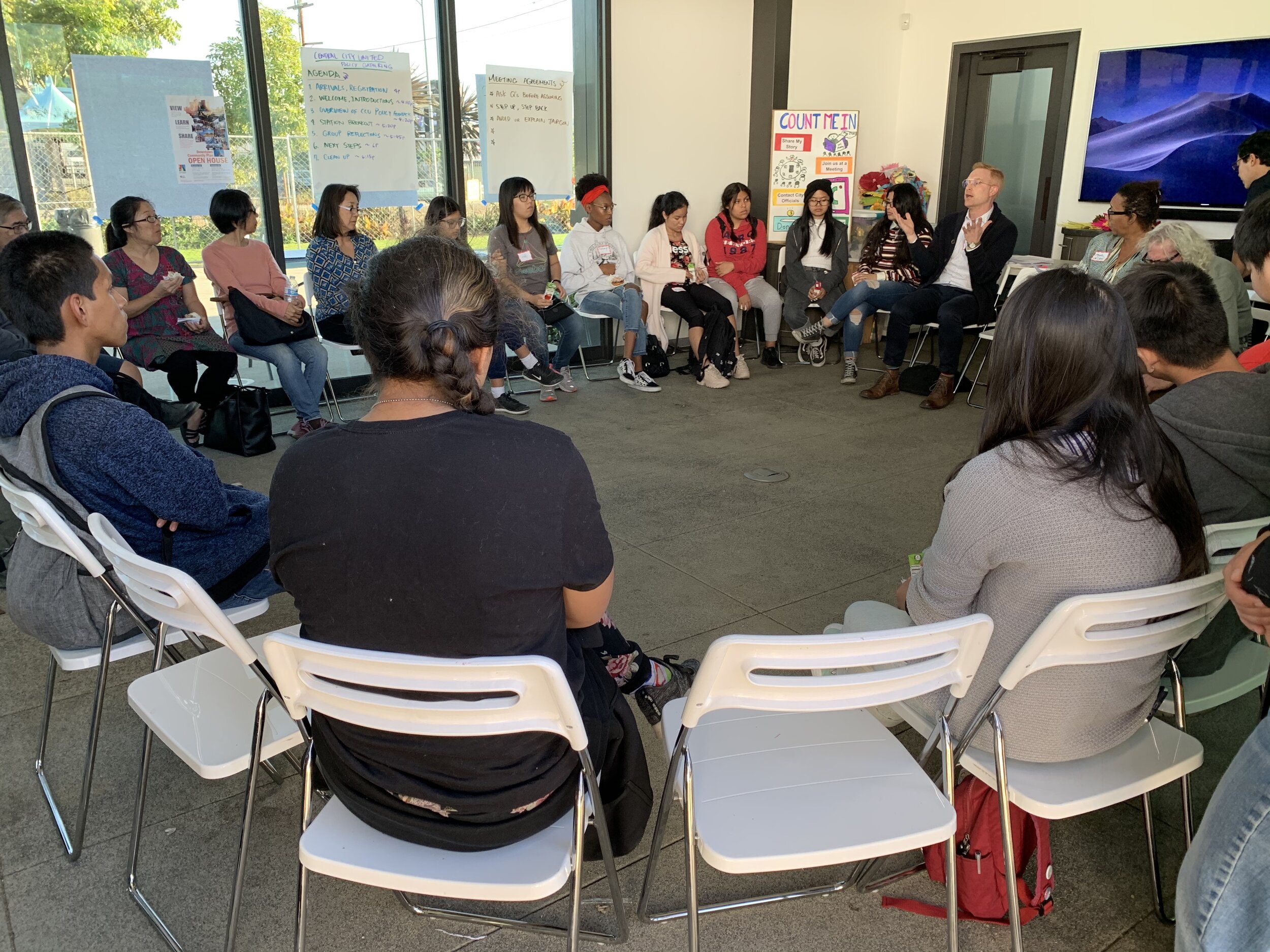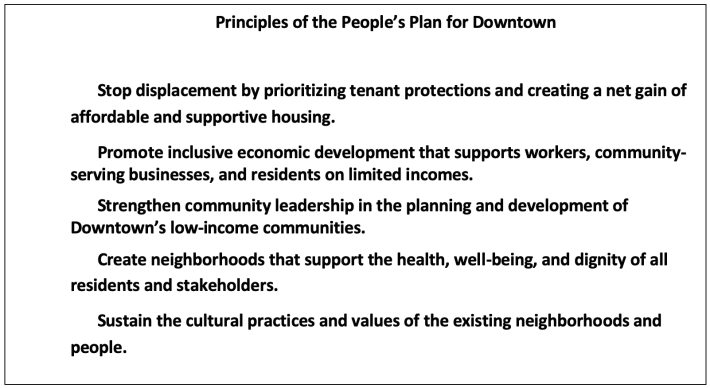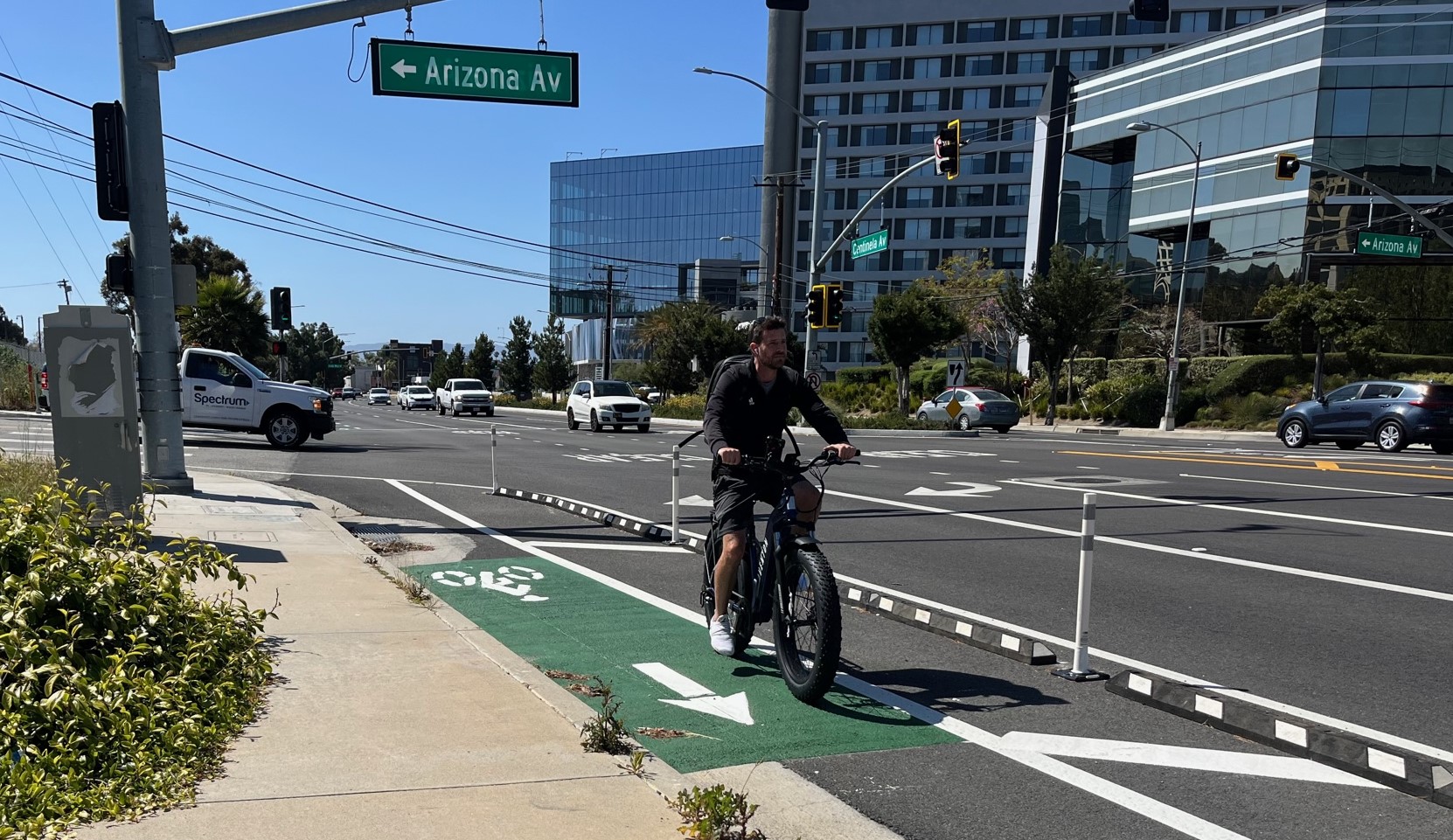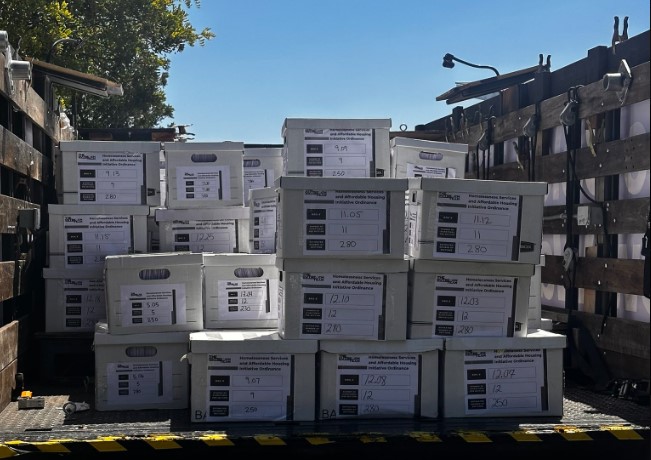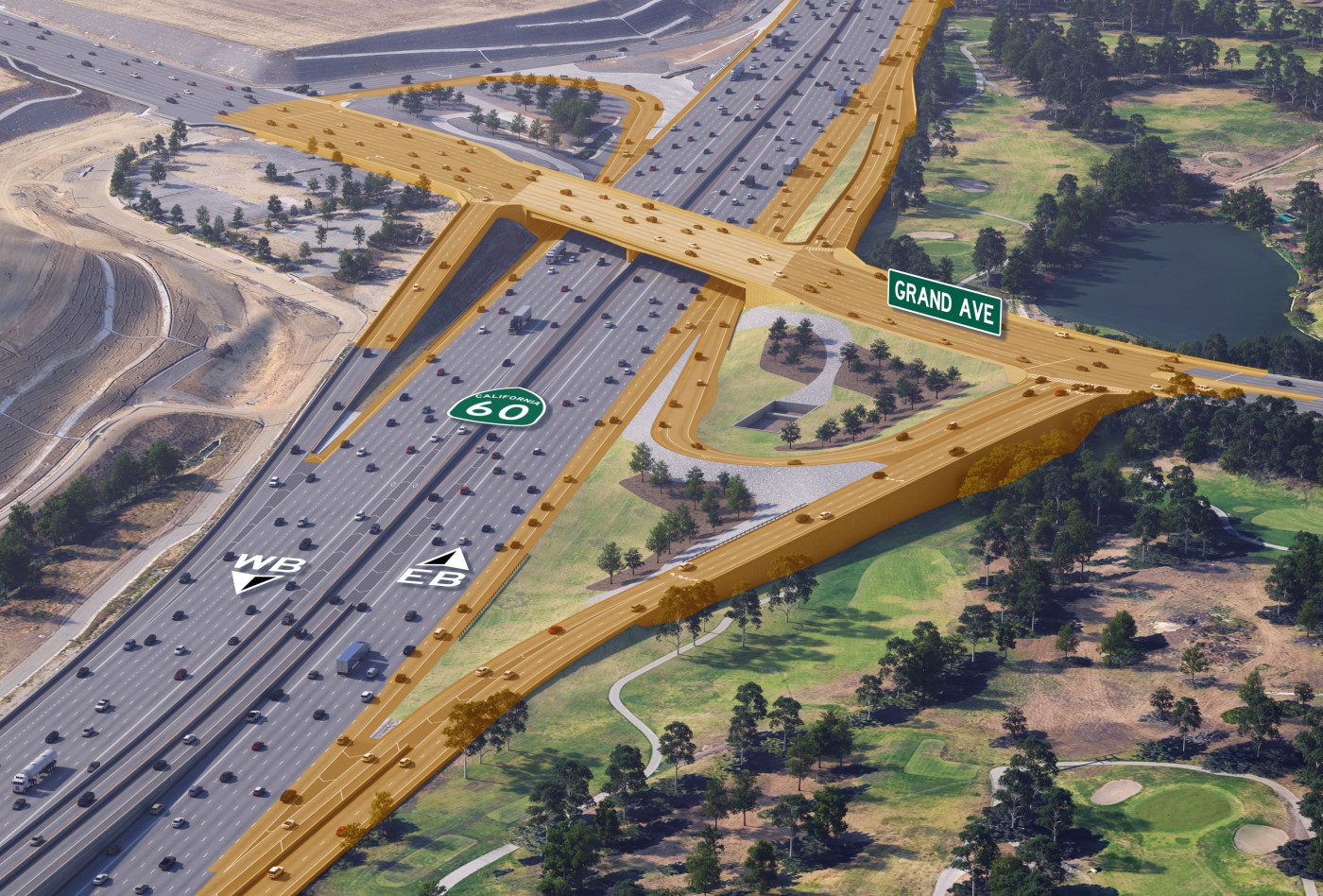As Los Angeles’ Department of City Planning (DCP) updates the city’s Downtown Community Plan, there is an understandable hope for haste – who wants delays when we need to spur the recovery of a business district hard-hit by the shutdowns of the past year? But as with California’s recent vaccine roll-out – in which a focus on speed led to reliance on a web-based appointment system that left so many behind – a lot can go wrong when we don’t take time to bake equity in right from the beginning.
So what would it mean to center equity in land use planning in general and the downtown plan in particular? A first step is admitting that we’ve got a problem – and the DCP’s solidarity statement in response to the Black Lives Matter protests last year does acknowledge the planning profession’s role in perpetuating “racial segregation, poverty, environmental injustice, disinvestment, and poor health outcomes.”
But words are not enough: With the city currently updating its 35 Community Plans, which guide the rules for development across Los Angeles, there is an opportunity to affirmatively address the priorities and needs of the communities who have been, and continue to be, directly harmed by past land use practices, including redlining, land covenants and other racist policies.
Moreover, it is these communities that remain at most risk today. Between the release of the draft plan in 2019 and the most recent update in June 2021, a lot has changed: unemployment has soared, over 1.2 million Angelenos – disproportionately people of color – have contracted COVID-19, and we are now staring down a looming eviction crisis and an exponential increase in homelessness due to the economic impacts from COVID-19.
Equity demands that those most impacted by the past and the present should have a strong role in planning our future. Fortunately, a coalition of stakeholders from Little Tokyo, Chinatown, and Skid Row, have come together to form the Central City United Coalition (CCU), a group working to lift up the voices of low-income, immigrant, and unhoused residents in the Downtown Community Plan area. Members of CCU have spent countless hours connecting community input with the technical knowledge of some of the city’s preeminent land use experts to form their vision - known as the CCU People’s Plan - for Downtown Los Angeles’ future.
Those three neighborhoods may be distinct, but they share a history of racial exclusion and a contemporary fear of gentrification and displacement.
Skid Row—expressly targeted by a zoning plan in 1976 to preserve the biggest collection of low-income housing in Los Angeles—is home to over 4,700 unhoused, predominantly Black, residents. They live in shelters, permanent supportive housing, residential hotels, Single Room Occupancy (SRO) hotels, and sidewalk encampments. But what many outsiders miss: Skid Row residents constitute a community and want the right to stay and thrive in the neighborhood they call home.
Little Tokyo, a proud 130+ year-old community, has been facing displacement pressures for some time. COVID-19 has only made it more challenging for longstanding community-serving small businesses to stay afloat, with many struggling to apply for government loan programs geared towards a tech and English-proficient demographic.
Chinatown, originally established in the 1800’s to segregate Asian residents from the rest of the city, is also feeling the housing cost heat. Just recently, rent for a studio apartment in Chinatown was listed at over $1,700, in the same census tract where over 46 percent of the households were reporting income under $25,000, many of whom organizers say are low-income limited English proficient seniors living in SRO housing.
So how do we bake equity into the Downtown Community Plan? When California realized that the vaccine rollout was creating disparities, it slowed down and incorporated new safeguards, including listening to local concerns, working through trusted community-based organizations, and creating requirements that prioritized life-saving shots for those who needed them most.
The parallels are clear. These are communities that have been subject to over a century of planning and development experiments that led to disproportionately harmful impacts, so they know what works and what doesn’t in order to create safe, affordable, and sustainable communities. DCP needs to listen to the residents of Downtown’s communities and adopt the recommendations in the CCU People’s Plan. This includes engaging in an explicit racial equity analysis that identifies, fixes, and ultimately prevents racialized impacts and outcomes, and prioritizes affordable housing preservation and new production for those at highest risk of displacement and houselessness. Finally, increases in development capacity should be linked to meaningful community benefits for low-income residents and communities of color.
In this moment of a national reckoning with our racist past, DCP has the chance to live up to its statements on equity by prioritizing meaningful engagement in planning with communities, and creating programs and policies that will ensure outcomes that are fair, sustainable, and community-supported.
Manuel Pastor is Director of the USC Equity Research Institute. Sissy Trinh is Executive Director of the Southeast Asian Community Alliance (SEACA).
